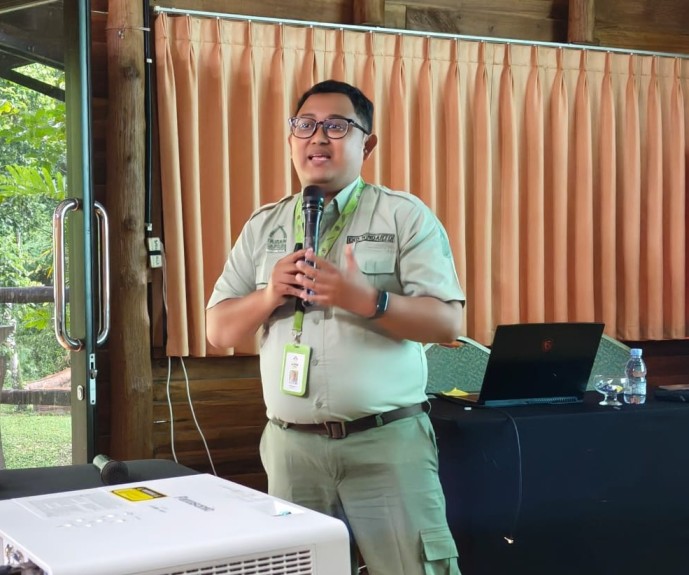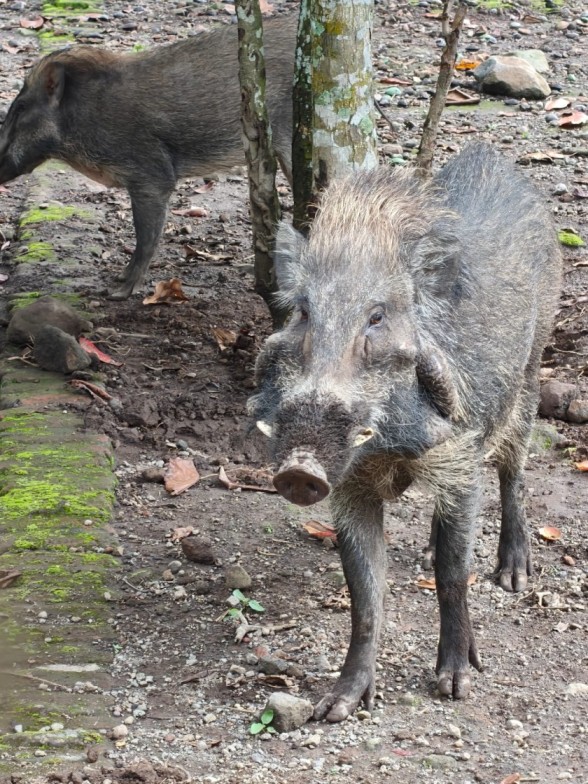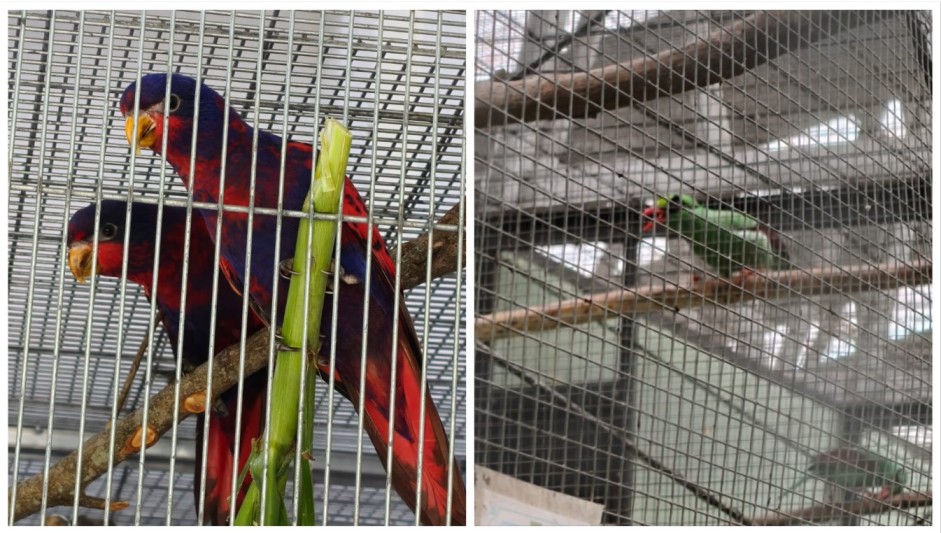Bogor Botanical Garden conserves Malesia region’s flora

Jakarta (Indonesia Window) – Since its establishment on May 18, 1817, the Bogor Botanical Garden in West Java province has been evolving from a place of tropical plants acclimatization (adaptation of organisms in new environments) to be the world center of tropical botanical research.
“The Bogor Botanical Garden has also encouraged other institutions to establish a number of scientific institutions in Indonesia,” Multimedia Nusantara University’s rector Ninok Leksono said in the Indonesian Institute of Sciences (LIPI)’s website as quoted by Indonesia Window here on Tuesday.
He added that the Bogor Botanical Garden also plays a role in dealing with global warming.
“The development of the Bogor Botanical Garden should consider aspects of conservation,” he said.
Malesia
Meanwhile, an ethnobotanical research professor, Eko Baroto Waluyo, said the central role of the Bogor Botanical Garden was to conserve plant diversity.
“Until now, 90 percent of the tropical forests flora in the phytogeographic region of Malesia, which includes Indonesia, Malaysia, Brunei, Timor Leste, the Philippines and Papua New Guinea, are conserved at the Bogor Botanical Garden,” Eko said.
He explained that a number of important world plantation commodities were initially studied at the Bogor Botanical Garden before being disseminated to other areas in Indonesia.
“The Bogor Botanical Garden is the place where coffee, tea, quinine and palm oil were first researched before they were distributed. Vegetables and fruits from Europe were also first studied at the Bogor Botanical Garden, then cultivated in Ciawi and Cibodas (both in West Java), and finally disseminated to other areas,” Eko noted.
In addition, the Bogor Botanical Garden is believed to originally come from Samida forest area in the era of Pajajaran Kingdom (1030-1579). The Samida forest was formerly an artificial forest home to trees used for religious ceremonies.
“The meaning of Samida is still a discourse among various circles,” an ethnobotanical researcher at LIPI’s Biology research center, Fathi Royyani, said.
Fathi explained that several sources said Samida was a certain forest whose wood was used in offering sacred ceremonies.
“Other sources mentioned Samida is for environmental conservation purposes and as a place to maintain rare wood seeds,” Fathi said.
The 87-hectare botanical garden is the third oldest botanical garden in the world after the Padova Botanic Garden in Italy (475 years) and Kew Botanical Garden in England (261 years).
Reporting by Indonesia Window

.jpg)








